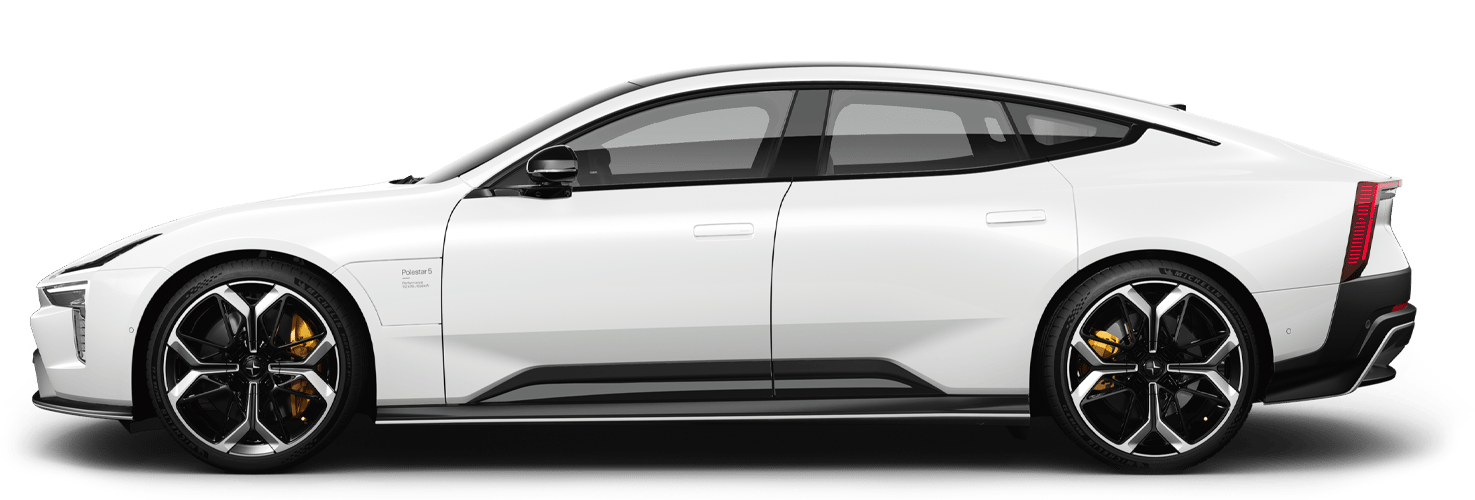Turning grids green
To go EV, or not to go EV. That’s no longer a question. To stay within the 1.5-degree target, emissions must be halved by 2030 and eliminated altogether by 2050. And while EVs are not perfect today, they do offer a route to net-zero. But to provide clean mobility, they need to be charged with clean energy. How can we make sure that happens?

The running costs of an EV on the road are about 25 percent of what it costs to drive a normal car. It’s an absolute no-brainer
We’re on the cusp of a major change with electric mobility and we’re seeing substantial investments in charging infrastructure in many places. But in order for the transport sector to make itself part of the solution, it also has to take the lead on transparency.
We know that the lifetime carbon footprint of an EV can be almost cut in half by charging it using clean, renewable energy. Putting green energy on the charging grid should be a top priority for politicians and charging station providers. To discuss what can be done to provide clean energy and promote clean mobility, we invited three thought-leaders to take a (virtual) seat at our roundtable. Friday, March 26th saw us, in collaboration with Tortoise Media, host a live, digital round-table event entitled “EVs need clean energy to provide clean mobility. How do we make that happen?”.
The participants were Polestar Head of Sustainability Fredrika Klarén, Shadow Green Transport Minister Kerry McCarthy and CEO of Syzygy Consulting John Macdonald-Brown.
Public data indicates only a very low percentage of charging stations are running on renewable energy, radically affecting an EV’s carbon footprint. With this in mind, editor Giles Whittell opened the conversation by letting the speakers give their thoughts on how to make sure that clean energy goes into the grid.
“Given that the type of charging drastically impacts the lifetime carbon footprint of an EV, the industry needs to lead the way, guiding consumers in how they can impact the carbon footprint when charging their EV. They should be empowered to accelerate this change,” said Klarén.
This is what led Polestar to strive for greater transparency. LCAs (Life Cycle Assessments), which Polestar has performed to determine the lifetime carbon footprint of the Polestar 2, were brought up as a powerful tool to measure the impacts throughout a product’s life, while enabling consumers to make informed decisions. They also highlight the difference in carbon footprint depending on what electricity type is utilised for charging.

“Whilst we see a lack of transparency when it comes to the charging network, we also see positive tendencies. Looking at workplace charging stations, for instance, they tend to have a higher degree of renewable energy,” states Klarén.
The conversation moved on to the planned ban on new petrol and diesel cars in the UK from 2030.
“This plan is a testament that governments are backing up the EV revolution in a really inspiring and hopeful way,” stated McCarthy.
The panellists emphasized the matter of affordability and outlined some of the financial benefits of owning an EV.
“The running costs of an EV on the road, forgetting about the services, are about 25 percent of what it costs to drive a normal car. Looking at this, it’s an absolute no-brainer,” affirmed Macdonald-Brown.
Fredrika Klarén closed the event by asserting that for Polestar, it’s imperative to drive and be a part of a movement that is going in the right direction. As quickly as possible.
“There are conflicting messages around EVs. At Polestar, we want to demystify this and have a more fact-based conversation. We must ensure that the industry is doing what it should, while tapping into consumer power. Consumers need to be able to choose renewable energy when charging. That’s where transparency can create accountability amongst charging operators, enabling us to fully embrace this opportunity.”
We’re at a turning point in history. In reaching the global climate reduction goals, EVs will play a vital role. But to achieve clean mobility, car brands, charging providers and governments are required to all take urgent action.
To be, or not to be part of the solution. That shouldn’t be the question.








